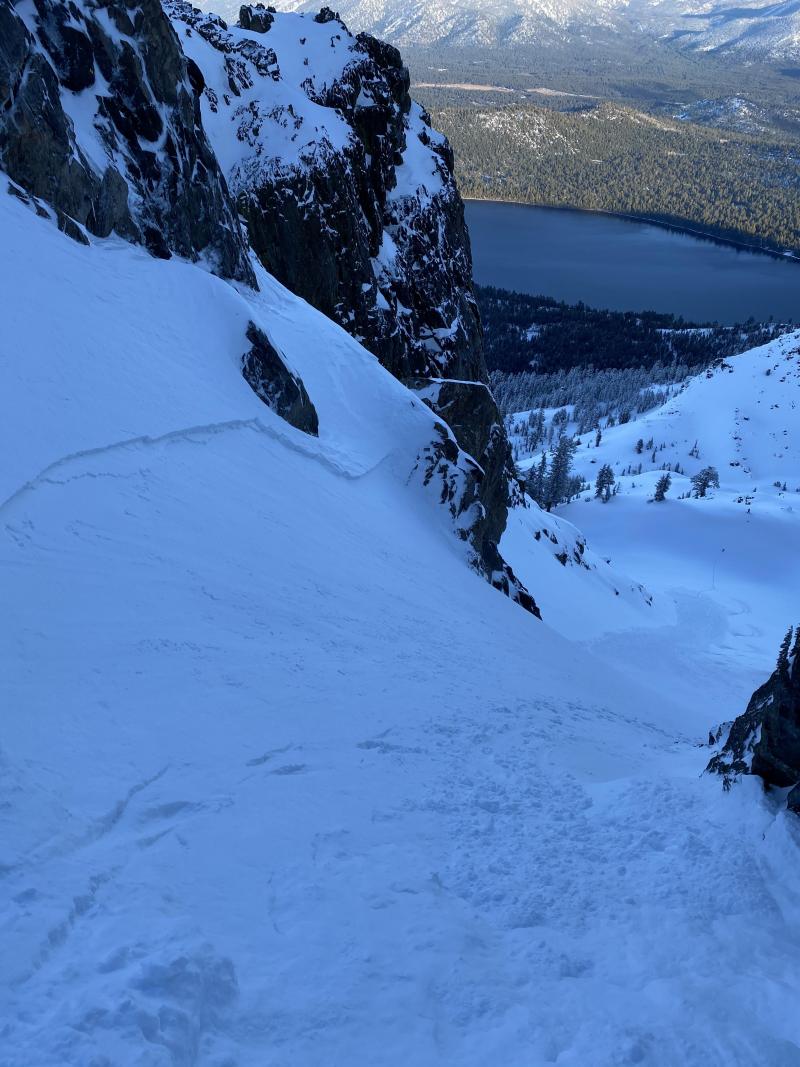| Monday | Monday Night | Tuesday | |
|---|---|---|---|
| Weather: | Mostly cloudy. Snow levels below 7000 feet. Chance of precipitation is 0%. | Mostly cloudy. Snow levels below 7000 feet. Chance of precipitation is 0%. | Partly cloudy then becoming mostly cloudy. Chance of snow showers in the afternoon. Snow levels below 7000 feet. Chance of precipitation is 25%. |
| Temperatures: | 36 to 42 deg. F. | 25 to 30 deg. F. | 37 to 42 deg. F. |
| Mid Slope Winds: | West 10 to 15 mph with gusts to 25 mph. | Southwest around 15 mph with gusts to 35 mph. | Southwest around 15 mph with gusts to 35 mph. |
| Expected snowfall: | No accumulation. | SWE = none. | No accumulation. | SWE = none. | No accumulation. | SWE = trace amounts. |
| Monday | Monday Night | Tuesday | |
|---|---|---|---|
| Weather: | Mostly cloudy. Snow levels below 7000 feet. Chance of precipitation is 0%. | Mostly cloudy. Snow levels below 7000 feet. Chance of precipitation is 0%. | Partly cloudy then becoming mostly cloudy. Chance of snow showers in the afternoon. Snow levels below 7000 feet. Chance of precipitation is 25%. |
| Temperatures: | 29 to 37 deg. F. | 23 to 28 deg. F. | 32 to 38 deg. F. |
| Ridge Top Winds: | West 15 to 30 mph. Gusts up to 45 mph. | Southwest 15 to 30 mph. Gusts up to 55 mph. | Southwest 25 to 40 mph with gusts to 65 mph. |
| Expected snowfall: | No accumulation. | SWE = none. | No accumulation. | SWE = none. | No accumulation. | SWE = trace amounts. |



























